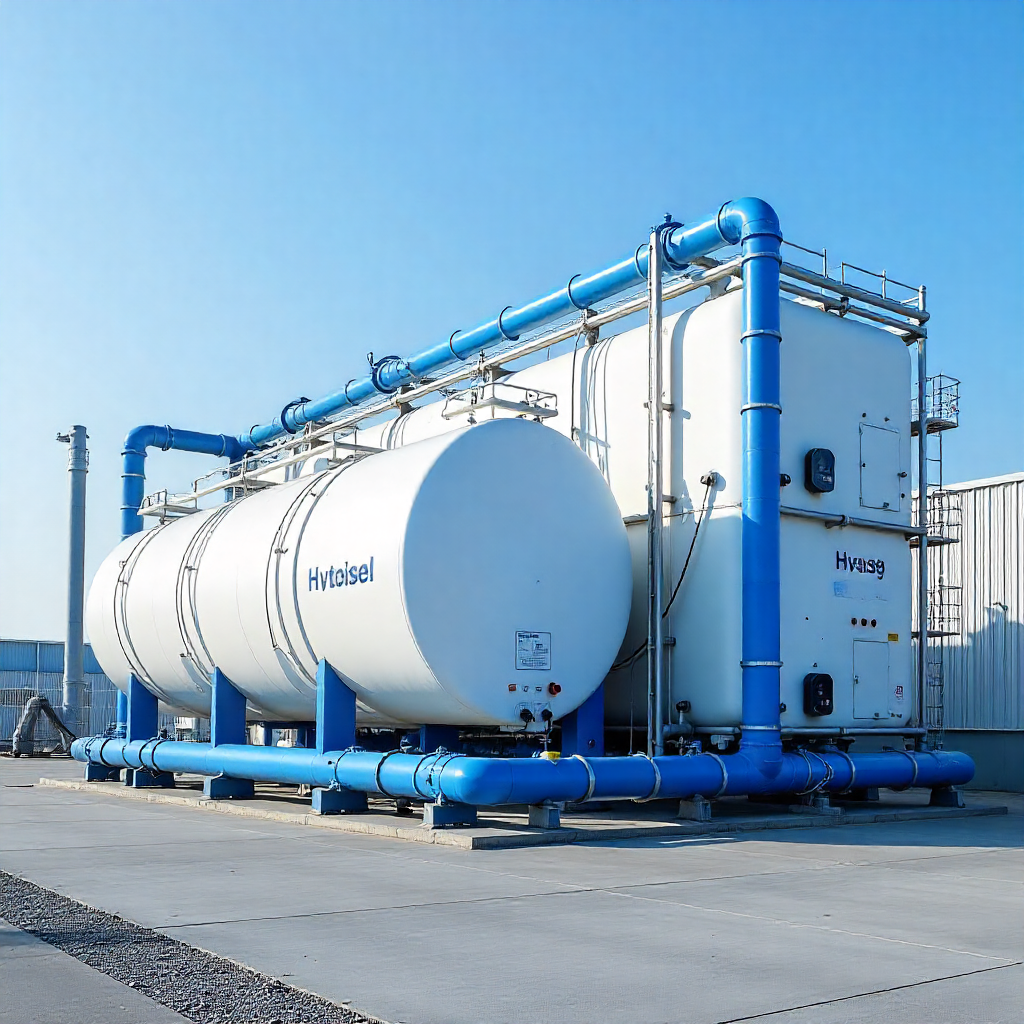Hero FinCorp, the financial services arm of the Hero Group, has declared its financial results for the fiscal year 2025. Known for its diverse loan portfolio and strong retail presence, the company has shown significant growth in income but also raised concerns due to a sharp rise in provisioning and stressed assets.
Hero FinCorp’s Core Business Model
Hero FinCorp Limited (HFCL) is a leading non-banking financial company (NBFC) in India, originally incorporated in 1991 under the name Hero Honda FinLease Limited. Following changes in the ownership structure of its parent company, Hero MotoCorp (formerly Hero Honda Motors), it was renamed Hero FinCorp Limited. The company has grown to become a major financial services provider with a strong footprint in both retail and corporate lending segments.
Hero FinCorp is involved in the business of financing, leasing, bill discounting, and other financial solutions. A significant part of its operations is backed by its wholly-owned subsidiary, Hero Housing Finance Limited (HHFL), which offers housing loans across the country. HHFL commenced operations in April 2018 and has shown rapid growth since then. Within the first year of its launch, it disbursed loans worth over ₹556 crore. To support this growth, Hero FinCorp invested ₹200 crore into HHFL via a rights issue.
Loan Portfolio
Hero FinCorp lends in multiple categories. A major chunk of its business comes from financing Hero two-wheelers, especially in tier-2 and tier-3 cities. In addition to this, the company provides used car loans, personal loans, loans against property (LAP), and business loans to SMEs. On the corporate side, it also provides structured finance and working capital loans. This diversification helps them manage risk and tap into various market segments.
Financial Performance FY25 Compared to FY24
Hero FinCorp posted a solid 15% growth in interest earned, rising from ₹7,479 crore in FY24 to ₹8,589 crore in FY25. Other income also jumped sharply from ₹880 crore to ₹1,314 crore, showing a growth of almost 49%. However, this growth came at a cost.
The company’s interest expenditure increased significantly from ₹3,097 crore to ₹3,827 crore, indicating rising borrowing costs. Operating expenses too rose from ₹2,513 crore to ₹2,935 crore. But the most worrying trend was in provisions and contingencies, which surged from ₹1,722 crore in FY24 to ₹2,884 crore in FY25 — a rise of more than 67%.
Due to these factors, net profit (PAT) dropped sharply from ₹637 crore to just ₹110 crore. Earnings per share (EPS) also saw a steep fall, going from ₹50.16 in FY24 to ₹8.63 in FY25 — an alarming 82% decline in profitability.
Asset Quality Under Pressure: NPAs and Provisions on the Rise
The rise in provisioning is linked to the worsening asset quality. Gross NPA increased from 4.02% to 5.05%, and Net NPA went up from 2% to 2.3% in FY25. This clearly indicates growing stress in the loan book — possibly due to economic slowdown in some sectors, repayment delays in retail or SME loans, or higher default rates in unsecured segments like personal loans.
To stay cautious, Hero FinCorp has aggressively increased its provisioning to safeguard its balance sheet. While this move is prudent from a risk management point of view, it has heavily impacted their profit for the year.
What Is the Current Valuation of Hero FinCorp?
Despite the fall in profitability, the company commands a strong valuation. As of FY25, Hero FinCorp’s market capitalization stands at ₹16,880.5 crore. The Price-to-Earnings (P/E) ratio is extremely high at 153.53, which indicates that the stock is priced for strong future recovery, not current earnings. The Price-to-Book (P/B) ratio is 2.93, suggesting that investors are willing to pay almost 3 times its book value — a premium valuation.
On the return side, Return on Equity (ROE) has dropped significantly to 1.91%, showing weaker efficiency in generating returns for shareholders. The company has a debt-to-equity ratio of 8.33, highlighting its reliance on debt funding — common in NBFCs but worth keeping an eye on.
Conclusion
Hero FinCorp’s FY25 results paint a mixed picture. While the top-line performance is strong and income is growing steadily, the rising provisions and higher NPAs are causes for concern. Profitability has taken a hit, and ROE has dropped substantially. However, the market continues to value the company at a premium, likely betting on long-term growth potential and improved profitability once asset quality stabilizes.




